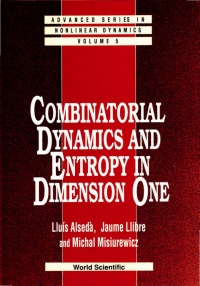Answered step by step
Verified Expert Solution
Question
1 Approved Answer
Consider binary relationsR, S, T. Prove the following: (a)(RS) 1 =R 1 S 1 . (b)(RS) 1 =R 1 S 1 . (c)T(RS)=(TR)(TS). (d)T(RS)(TR)(TS). Consider
Consider binary relationsR, S, T. Prove the following:
(a)(RS)1=R1S1.
(b)(RS)1=R1S1.
(c)T(RS)=(TR)(TS).
(d)T(RS)(TR)(TS).
Consider binary relationsR, S, Tand setsX, Y. Prove the following:
(a)(SR)[X] =S[R[X]].
(b)R[XY]=R[X]R[Y].
(c)XR1[R[X]].
(d)AssumeRis a function. Prove thatR1[XY] =R1[X]R1[Y].
(e)Consider a setAand the binary relationRAP(A) defined by
x,XRxX
GivenX,YP(A), calculateR1[{X}] andR1[{X, Y}].
Step by Step Solution
There are 3 Steps involved in it
Step: 1

Get Instant Access to Expert-Tailored Solutions
See step-by-step solutions with expert insights and AI powered tools for academic success
Step: 2

Step: 3

Ace Your Homework with AI
Get the answers you need in no time with our AI-driven, step-by-step assistance
Get Started


